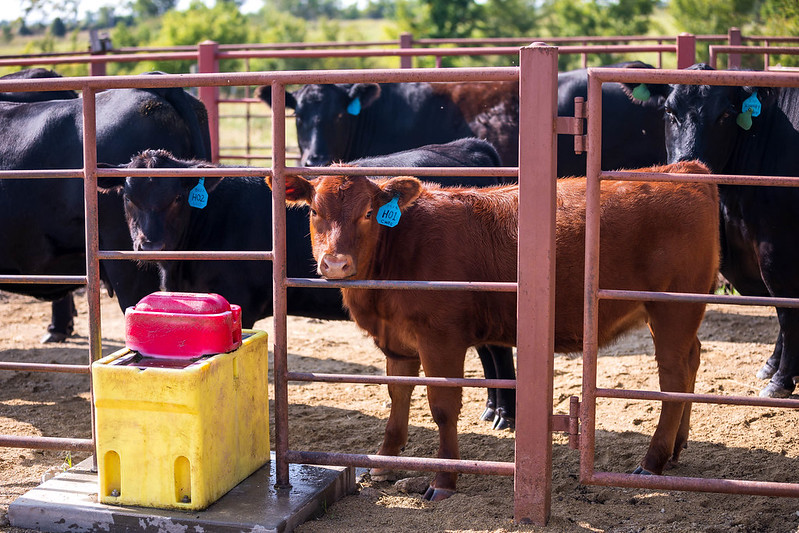Strategies for minimizing stress at weaning time
By spreading out the stressors over time, calves will be better off from an animal welfare and health standpoint.
September 7, 2022

Calves separating from their dams at weaning can experience stress, especially if they undergo vaccinations and other processing procedures at the same time, said the experts at the Kansas State University Beef Cattle Institute on a recent Cattle Chat podcast.
"Stress happens when the calf is exposed to a new or unusual situation, so our goal is to reduce the number of stressors we put on them at one time," veterinarian Brad White said.
Historically, calves were processed on the same day as they were weaned due to the labor availability, said veterinarian Bob Larson, but he added that following that management plan is not necessarily best for the calves' stress level.
Veterinarian Brian Lubbers offered advice on how best to help the calves through this transition. "The goal is to spread out over time things that will lead to reduced stress in calves. So, first begin by separating the cows and calves for a few days before processing. This will allow the calves to get used to the new environment and adjust to their feed and water sources," he said.
Lubbers added that on subsequent days help can be brought in to do other processing procedures such as vaccinations and castrations.
Another strategy is fence-line weaning. "Fence-line weaning allows the cows to have nose-to-nose contact with the calf during the time of transition so that bond is broken more gradually," said nutritionist Phillip Lancaster.
Fence-line weaning is effective at reducing stress and the weaning process can happen quickly. "With fence-line weaning, the cows and calves typically walk the fences for the first 24 hours, and after that they start leaving each other on their own," Larson said.
The key is to make sure the fences are strong so the calves don't get back in with their mothers, Lancaster said.
Exposure to the new environment can happen while the cows and calves are still together.
"With weaning, we are changing the calves' social structure by separating them from their mothers as well as transitioning them to new feed and, in some cases, a new water source," White said. "So, when it is possible it is good to let the calves explore their new area before they leave their dams."
Lubbers added: "By spreading out the stressors over time, the calves will be better off from an animal welfare and health standpoint."
Source: Kansas State University Research and Extension, which is solely responsible for the information provided, and wholly owns the information. Informa Business Media and all its subsidiaries are not responsible for any of the content contained in this information asset.
You May Also Like


.png?width=300&auto=webp&quality=80&disable=upscale)
